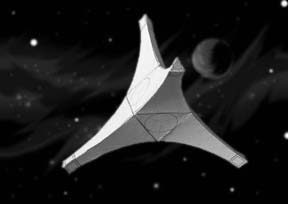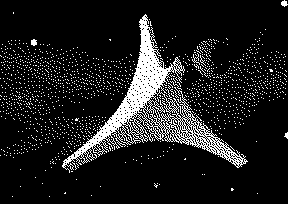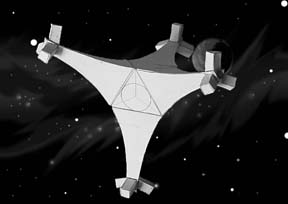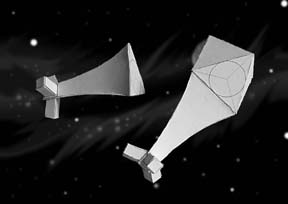 |
|
|
 |
|
|
-
 |
|
|
-
|
With attitude jets, the maximum angle you'd have to turn a main thruster would be 70.5 degrees, which is an improvement over the conventional 180 degrees. |
-
 |
|
|
-
 |
|
When systems can fail, redundancy is desirable. Since the ship has 4 thrusters, it has much less chance of being stranded in space from rocket failure. |
|
|